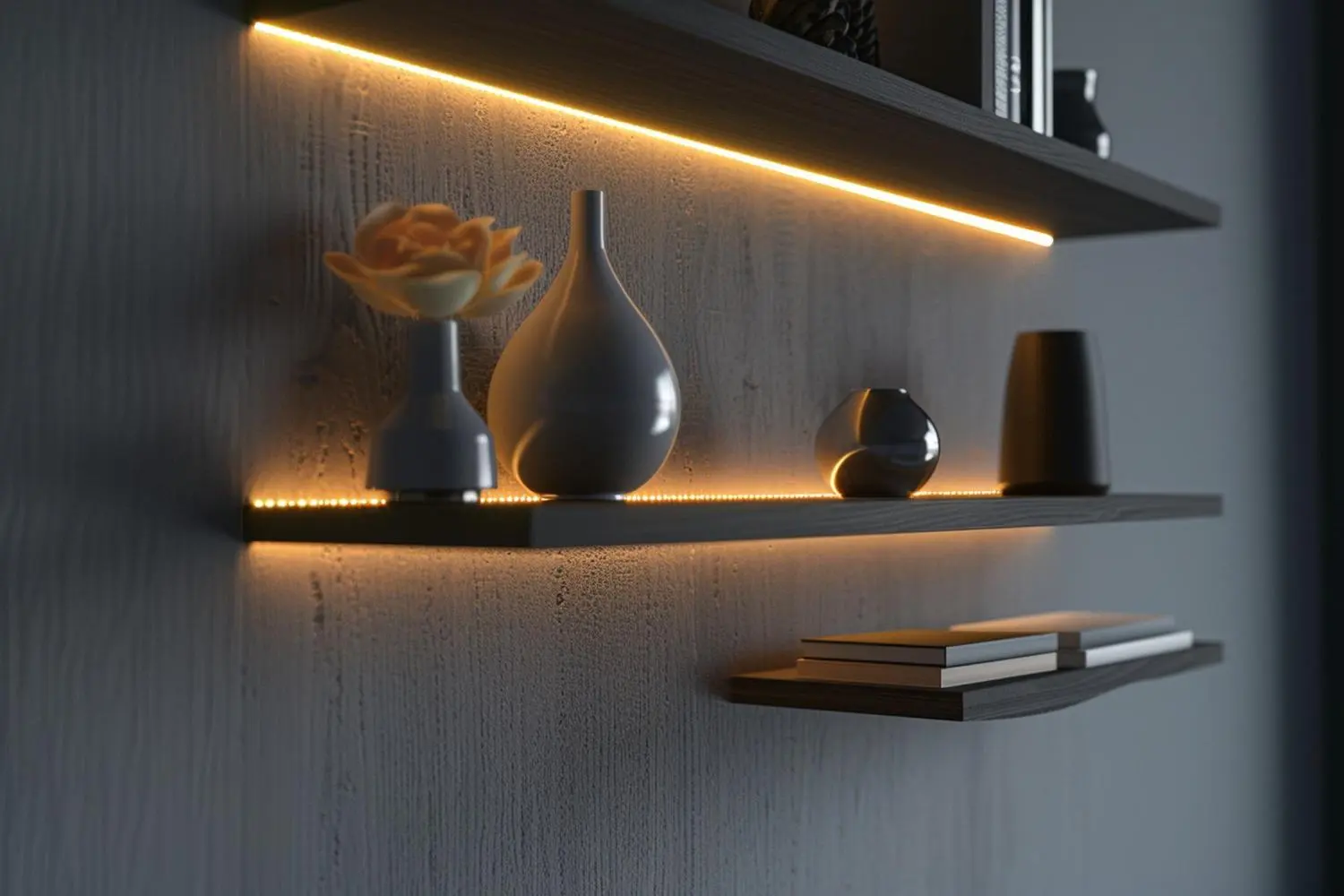
The Ultimate Guide to Built-In Shelf Lighting
Explore guide to built-in shelf lighting. Learn about LED strips, puck lights, recessed lights, tape lights, and their installation tips for perfect ambiance.
In the world of stage performances, lighting isn’t just a supplementary element; it’s a star player. Proper lighting sets the mood, directs the audience’s attention, and brings life to every act, making or breaking the show’s impact. Two of the most prominent and debated choices in this realm are Par Lights and Beam Lights. Both come with their distinct characteristics, advantages and use cases. As we delve deeper into this article, we’ll unravel the nuances of both, enabling a clearer understanding of which might shine brighter for specific stage needs.
Diving into the world of Par Lights, let’s unravel their origins, design, and the distinctive features that make them stand out in stage lighting.
Par Lights, short for Parabolic Aluminized Reflectors, have been staples in the lighting world for quite some time. Originally designed for film and theater, their versatile nature quickly made them favorites on various stages.
Par Lights offer both function and flair, making them an appealing choice for many stage setups.
Stepping into the realm of Beam Lights, let’s understand their essence, what sets them apart, and the distinctive edge they provide in illuminating performances.
Beam Lights, as the name suggests, produce an intense and tight beam of light, contrasting the broad spread of some other stage lights. This focused nature allows for precise spotlighting, making them ideal for highlighting specific performers or areas on stage.
Beam Lights, with their specialized capabilities, have become invaluable tools for stage designers aiming for a more dramatic and impactful lighting setup.
Every stage production tells a story, and lighting is its silent narrator. The first step is understanding the tale you want to tell. Is it a warm, intimate dialogue or a cold, suspenseful confrontation? This understanding guides whether the soft wash of Par Lights or the sharp focus of Beam Lights will serve your narrative best.
Colors speak volumes. With Par Lights, you can bathe the stage in hues that reflect the mood of the scene, from the tranquility of blue to the passion of red. Beam Lights, meanwhile, can spotlight in vivid colors, drawing the eye and heightening emotions at pivotal moments.
The interplay of light and shadow can breathe life into static scenes. Beam Lights, with their precise focus, can mimic the movement of the sun or spotlight a lone actor in a sea of darkness, creating a visual spectacle that complements the narrative’s ebb and flow.
The magic happens when lighting designers and set designers unite their visions. This synergy ensures that every light cue, from the subtle glow of a Par Light to the dramatic sweep of a Beam Light, melds seamlessly with the set, enhancing the storytelling without overwhelming it.
Delving deeper, let’s pit Par Lights against Beam Lights in various facets, analyzing their strengths and areas where one might outshine the other.
Par Lights: Known for their wide, flat beams, Par Lights generally cover a broader area. They’re excellent for washing stages with color or providing ambient lighting.
Beam Lights: These lights pack a punch with their intense brightness, concentrated into a narrow beam. This makes them great for spotlighting and highlighting specific elements on stage.
Par Lights: Due to their broad coverage, Par Lights are versatile and can be used for general lighting or creating mood lighting. They blend seamlessly in various stage scenarios.
Beam Lights: Their ability to produce sharp and intense beams allows them to be perfect for dynamic stage effects, especially when synced with music or movement.
Par Lights: Modern Par Lights, especially LED variants, are known for their longevity. They’re durable and can last for thousands of hours before needing replacement.
Beam Lights: Similar to Par Lights, the latest Beam Lights, when maintained properly, have a long lifespan. Their build quality ensures they remain effective even with rigorous stage use.
While both Par and Beam Lights have their unique offerings, the choice between them largely depends on the specific requirements of the stage setting and the vision of the lighting designer.
Understanding a light’s capability is one thing, but witnessing its magic in live performances provides real clarity. Let’s explore some landmark shows where each type of light has truly shone.
Par Lights, with their versatile beam and color range, have been the backbone of many unforgettable shows:
Pink Floyd’s Pulse Tour: This legendary tour featured Par Lights extensively to create a surreal, dreamy atmosphere, especially during their iconic ‘Comfortably Numb’ performance.
Broadway’s Hamilton: The historical musical utilized Par Lights to set the mood, whether it was the dimly lit war scenes or the brighter, more vibrant ensemble numbers.
Coachella Music Festival: Over the years, many artists performing at Coachella have used Par Lights to ensure a wide coverage of light across the vast stage, ensuring every member of the audience feels involved.
Beam Lights, known for their precision and intensity, have carved moments in history:
Queen at Live Aid: During Freddie Mercury’s charismatic performance, Beam Lights were used to spotlight him, making him the focal point among 72,000 people.
Olympics Opening Ceremonies: From London to Rio, Beam Lights have been used to create intricate patterns and spotlight performers, athletes, and flag bearers during the grand events.
Eurovision Song Contest: A platform for vibrant performances, many winners and contestants have used Beam Lights to create dynamic, pulsating shows synchronized perfectly with their music.
Both types of lights, in their unique ways, have played pivotal roles in creating moments that remain etched in the memories of audiences worldwide.
Choosing between Par Lights and Beam Lights isn’t just about technical specifications. Several practical and aesthetic factors come into play, making each performance truly unique.
Par Lights: Best suited for venues of varied sizes, from intimate settings to medium-sized halls. Their wide beam allows for good coverage without overwhelming the space.
Beam Lights: Ideal for larger venues or open-air concerts where the focus needs to be directed, especially when you want to highlight specific performers or stage areas.
Par Lights: Perfect for theatrical productions, live bands, and events where mood setting is crucial. Their color versatility can create an array of atmospheres.
Beam Lights: These shine in high-energy events like rock concerts, dance performances, and events where precise lighting changes are required in sync with the beats or performance pacing.
Par Lights: If your goal is to create a warm, immersive atmosphere where lights envelop the audience in a cocoon of colors and shades, Par Lights is your go-to.
Beam Lights: For a dramatic, high-impact ambiance where lighting plays a crucial role in punctuating moments, creating sharp contrasts, or directing audience attention, Beam Lights are unmatched.
Par Lights: Generally more affordable and are easier to set up, making them a cost-effective choice for events on a tighter budget.
Beam Lights: Might come with a heftier price tag due to their advanced technology and features, but the investment can be justified by the unparalleled stage effects they can produce.
In the end, the choice between Par and Beam Lights boils down to the specific needs and goals of your event. Often, a combination of both can create a balanced and dynamic stage lighting setup.
Navigating the world of stage lighting can bring up several queries. Let’s address some of the most common questions about Par Lights and Beam Lights.
Answer: Par Lights are versatile fixtures known for their wide beam and color-mixing capabilities, making them perfect for creating moods and atmospheres. Beam Lights, on the other hand, produce a narrow, intense beam of light, ideal for spotlighting or creating sharp, focused effects on stage.
Answer: Absolutely! Many stage technicians and designers use a combination of both to achieve a balanced and dynamic lighting setup, leveraging the strengths of each type.
Answer: Typically, Beam Lights can come with a higher price tag due to their advanced technology and specific features. However, the exact cost can vary based on the brand, model, and features of the light.
Answer: Par Lights are generally preferred for smaller venues due to their wide beam and ability to create immersive atmospheres. However, depending on the desired effect, a Beam Light can be used for focused spotlighting even in intimate settings.
Answer: Modern LED variants of both Par Lights and Beam Lights are energy-efficient, consuming less power than their traditional counterparts. However, exact energy consumption can vary based on the model and usage.
In the dazzling world of stage lighting, both Par Lights and Beam Lights hold their unique positions, each bringing its own set of strengths to the table. While Par Lights excels in creating moods and atmospheres with its wide beam and color mixing capabilities, Beam Lights shines in spotlighting and producing sharp, focused effects. The choice between them largely hinges on the specific requirements of performance – be it the venue size, ambiance goals, or budget considerations. By understanding the nuances of each type, one can craft an unforgettable visual experience on stage. Whatever your lighting needs, making an informed decision ensures your performance glows in the best light possible.

Explore guide to built-in shelf lighting. Learn about LED strips, puck lights, recessed lights, tape lights, and their installation tips for perfect ambiance.
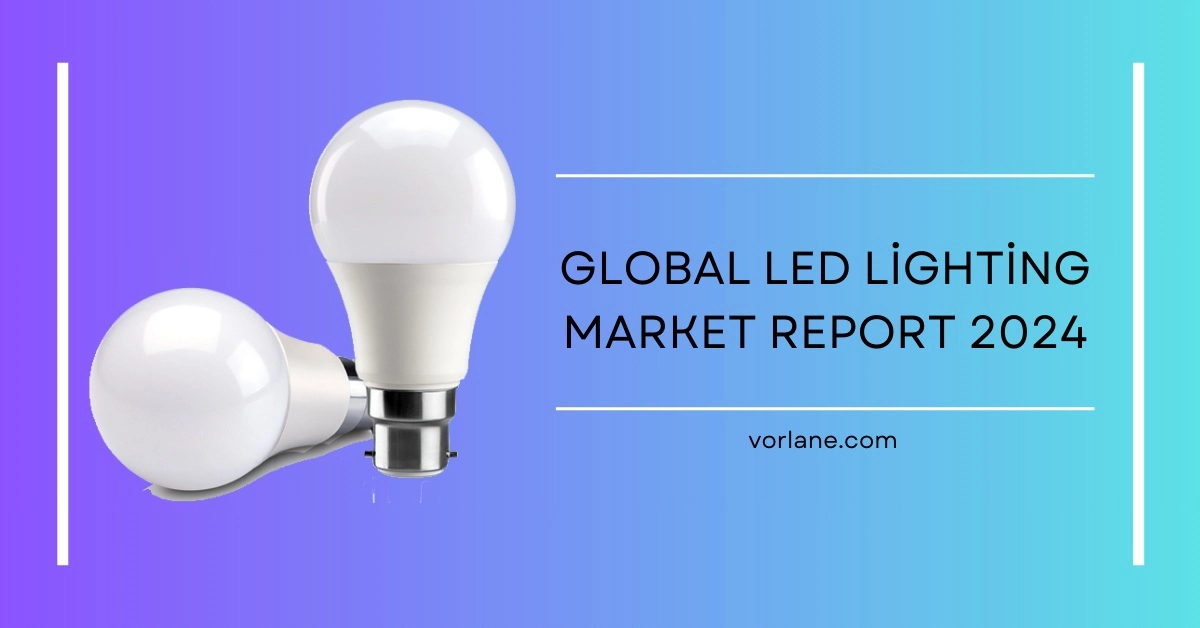
Explore the Global LED Lighting Market Report 2024 for insights on trends, growth drivers, and key players in the industry, including product segment and geographic
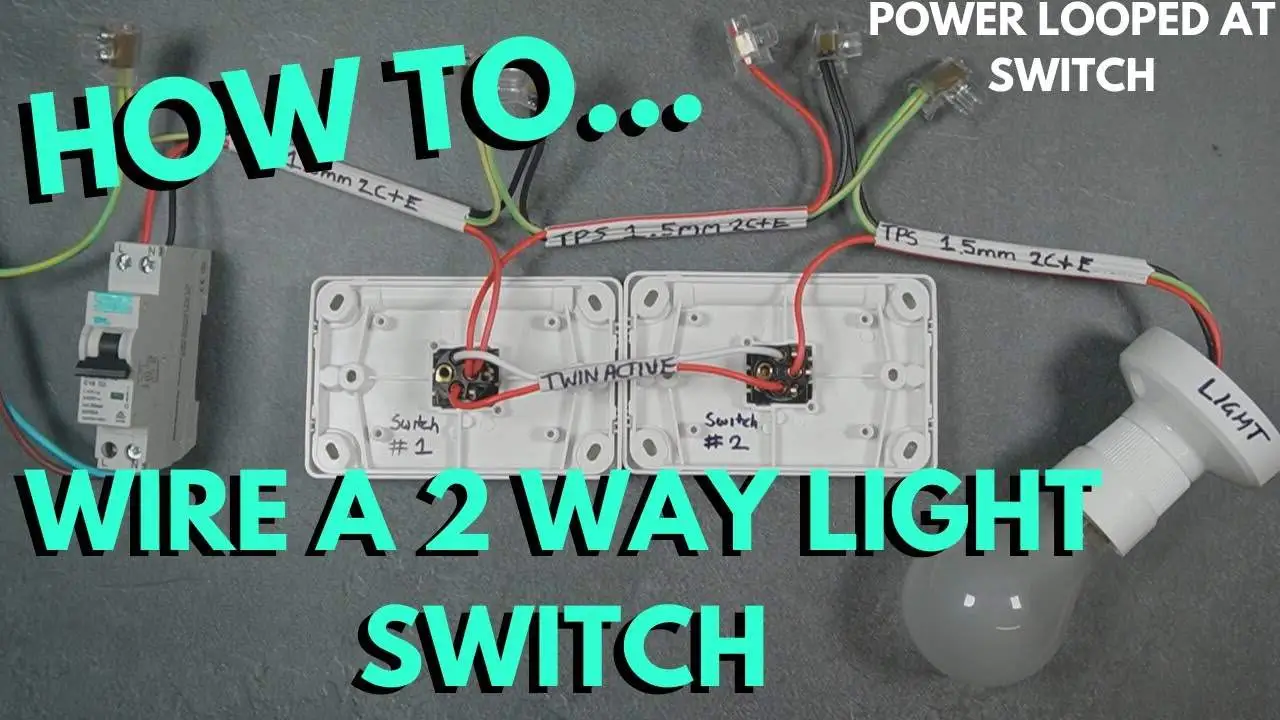
Learn how to wire a 2-way light switch effectively. This guide covers essential tools, step-by-step instructions, and safety measures for an installation.
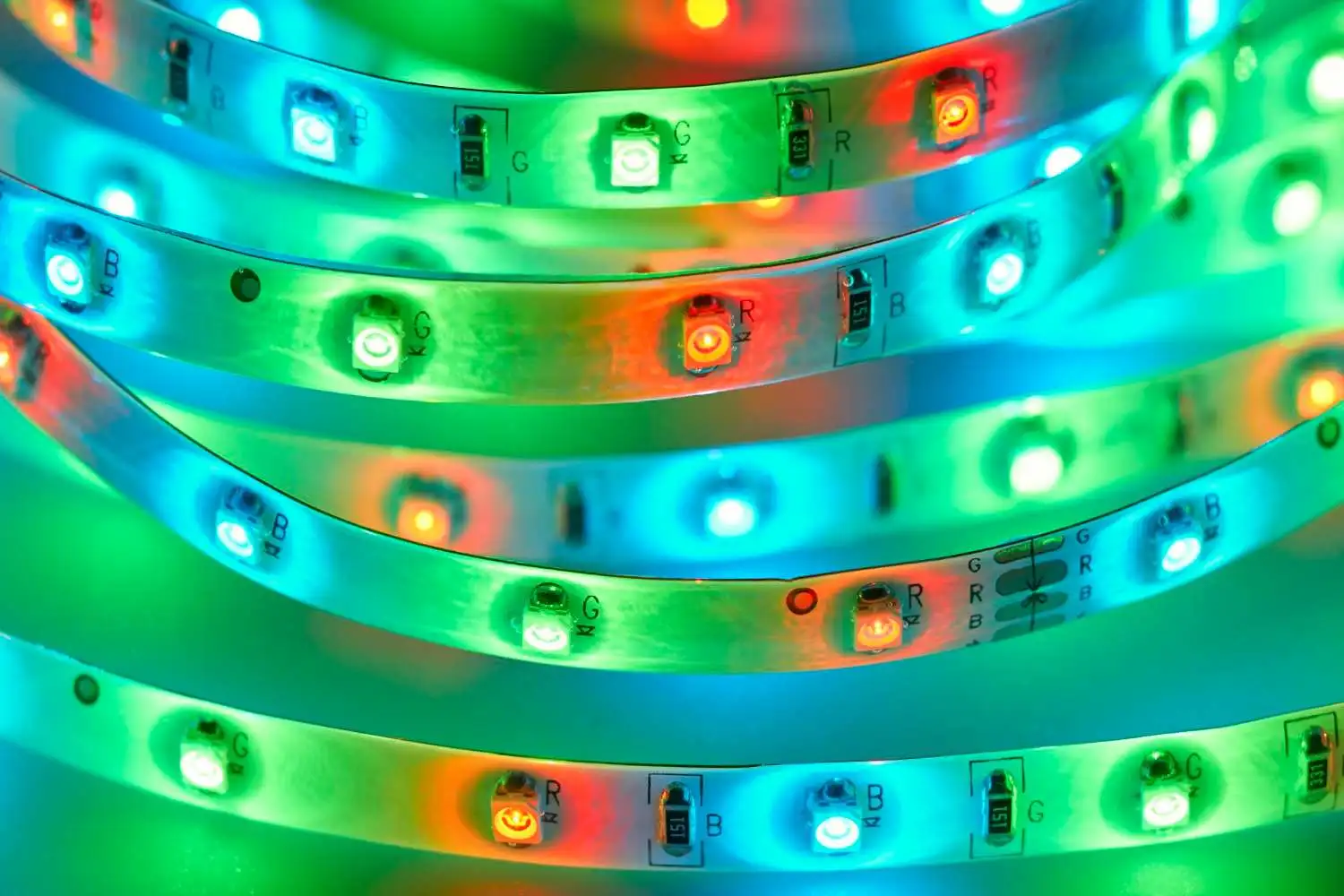
Choosing the right power supply for LED strip lights ensures performance and safety. Consider voltage, current, wattage, efficiency, and certifications.
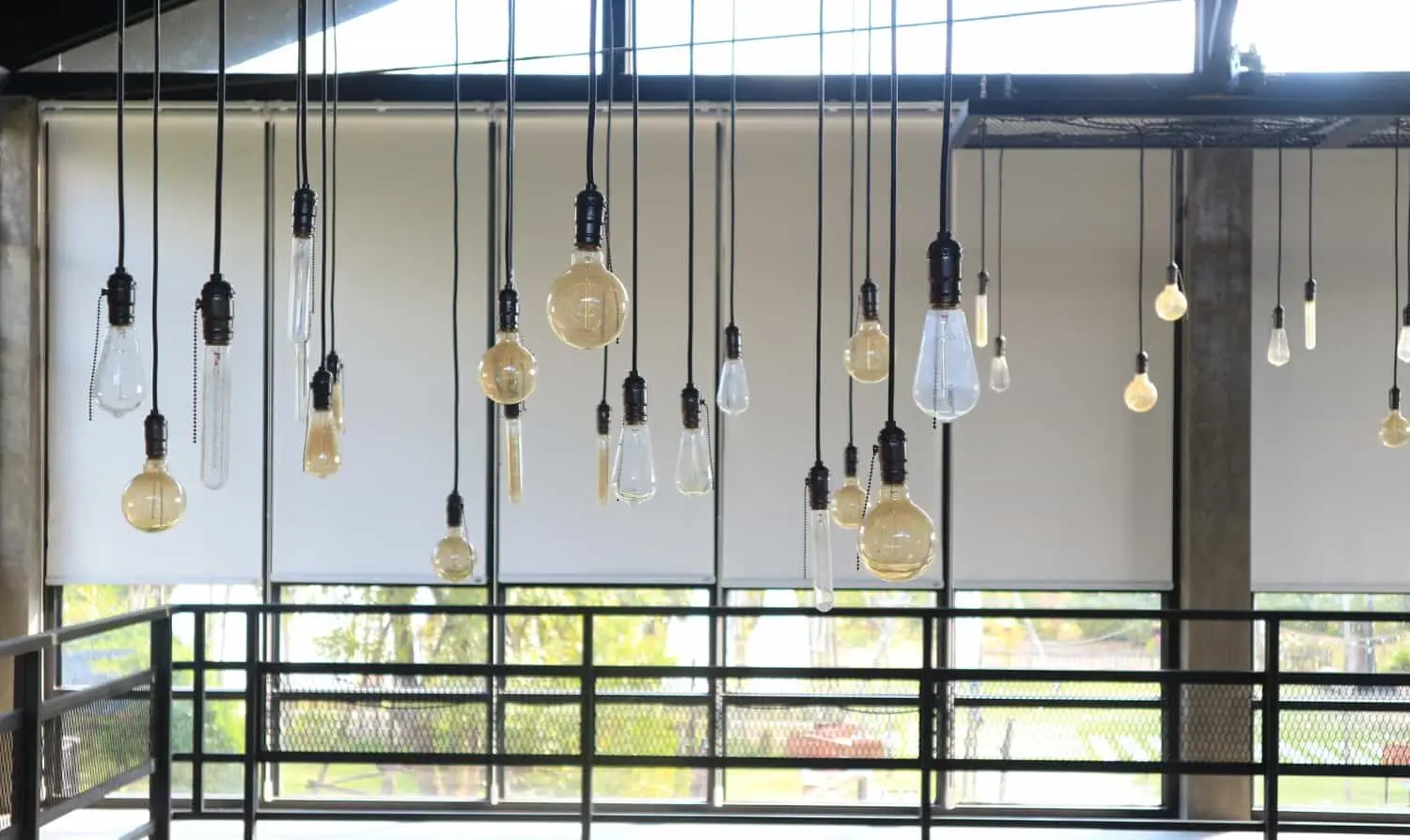
Discover the benefits of pendant lighting for your home. Learn about various styles, and their uses in enhancing aesthetics and functionality.
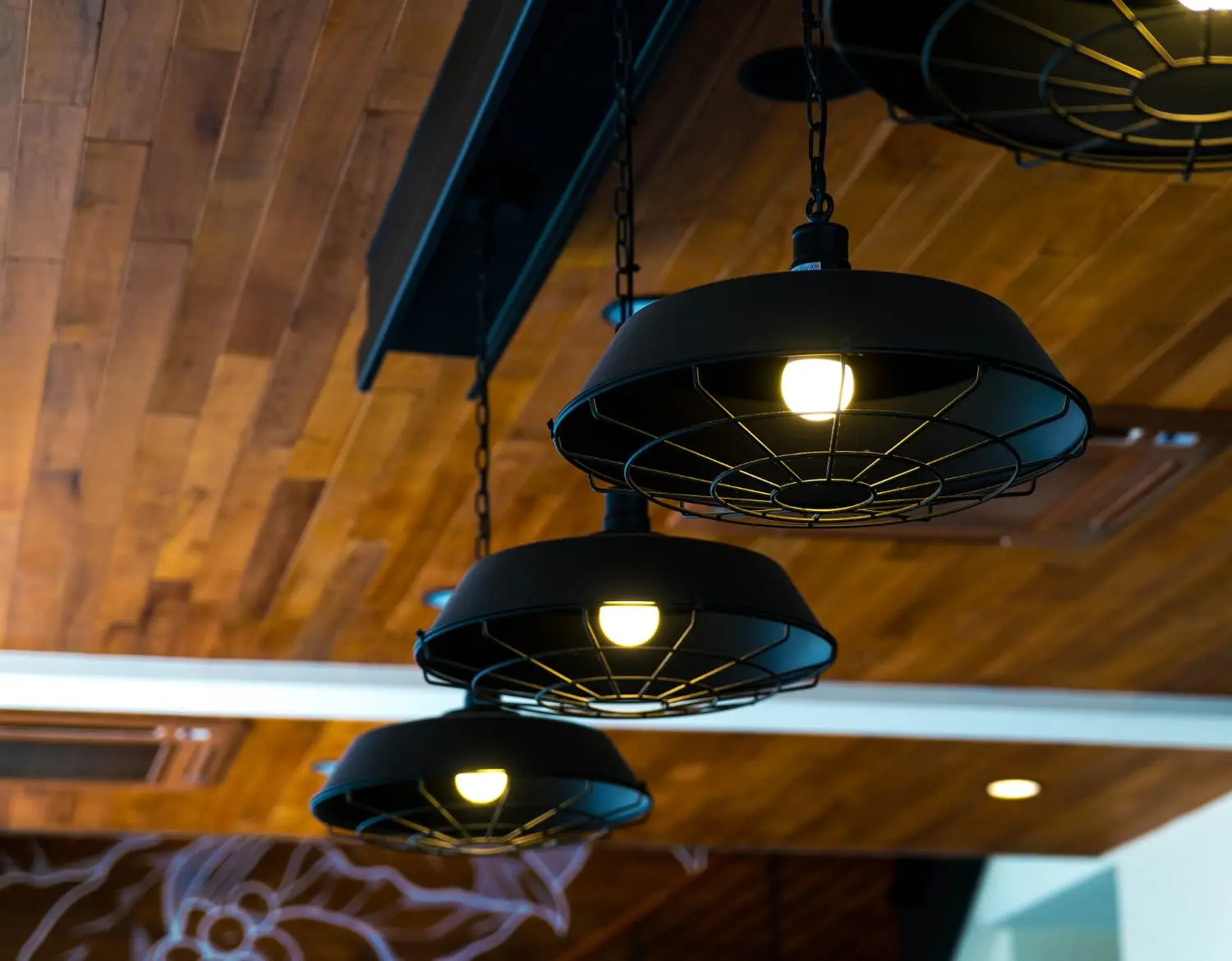
Discover top ceiling lights for your home, including pendant lights, chandeliers, flush-mounts, recessed, track lighting, cove lighting, and spotlights.



 | This LED Industry Research Report Is Worth 10,000 Dollars!Want to get reliable industry data to support your LED business planning? In this report, you will:
*Submit your email to download this file. Your personal info will not be shared to any 3rd-party person or organizations. |
WhatsApp us
*We respect your confidentiality and all information are protected.